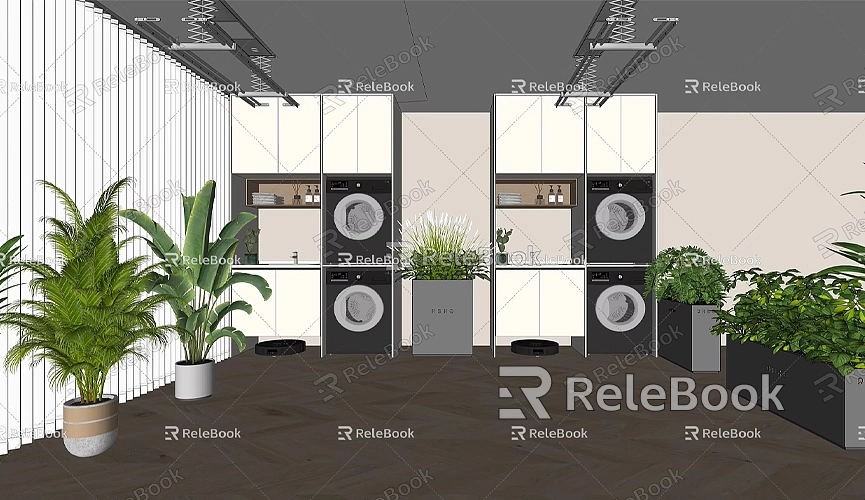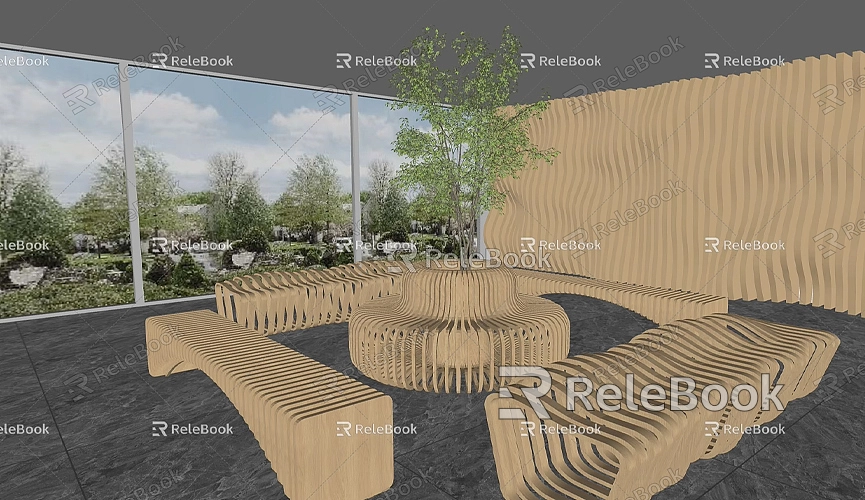How to Convert SketchUp Lines to Model Lines
SketchUp is a popular software in the fields of architectural design, interior design, and 3D modeling. Users often create various lines and shapes within SketchUp to build their models. However, there are times when users may want to convert these lines into actual model lines for further editing and manipulation. This article will detail the process of converting lines to model lines in SketchUp and provide practical tips and advice to help you work more efficiently.
Differences Between Lines and Model Lines in SketchUp
Before getting started, it’s crucial to understand the difference between lines and model lines in SketchUp. Lines in SketchUp can be seen as basic elements for building models, but they do not have volume or thickness. In contrast, model lines are entities generated from lines that have actual geometric volume.

Lines are typically used in the sketching phase to help designers conceptualize and lay out their designs. Once the initial design is complete, these lines need to be converted into model lines for detailed modeling and rendering. Understanding this distinction will facilitate your subsequent operations.
Preparation
Before converting lines, ensure your SketchUp model is in good shape. First, check for any unnecessary lines and overlapping faces. You can use the "Select" tool, hold down the Shift key, select the unwanted lines, and delete them. Keeping the model tidy will aid in the conversion process.
Next, make sure that the lines you intend to convert are finalized and accurate. When drawing lines with the "Line" tool, try to keep them straight and connected to improve the likelihood of successful conversion.
Steps to Convert Lines to Model Lines
To convert lines in SketchUp to model lines, you generally need to turn the lines into faces or solids. Here are the specific steps:
- Select Lines: Use the "Select" tool to click and drag to select the lines you want to convert. Ensure all necessary lines are selected.
- Create Faces: Once the lines form a closed shape, SketchUp will automatically recognize and generate a face. If the lines are open, you may need to add extra lines to close the shape.
- Use the Push/Pull Tool: After the face is created, you can use the "Push/Pull" tool to convert it into a three-dimensional solid. Select the generated face, then choose the "Push/Pull" tool and drag up or down to create thickness.
- Add Thickness: If you want to add thickness to a specific line, use the "Push/Pull" tool. Pull the selected face up or down to form a three-dimensional model line.
- Check and Adjust: After the conversion, it’s advisable to check the model from different angles to ensure that all details from the conversion process are retained. If necessary, use the "Move" tool to adjust the model's position.
Handling Complex Lines

In some cases, you may encounter complex lines or shapes. For these scenarios, using the "Surface" tool might be more convenient. The Surface tool allows for more flexibility when dealing with curves and intricate shapes. Here’s how to proceed:
- Draw Curves: Use the "Arc" tool to draw the desired shapes.
- Create Surfaces: Once the curves are closed, SketchUp will automatically generate a surface. Similar to the regular line conversion process, ensure that the shape is closed.
- Push/Pull Action: Use the "Push/Pull" tool to pull the surface into a three-dimensional form.
Tips for Improving Conversion Efficiency
There are several tips to help you increase efficiency and reduce repetitive work during line conversion in SketchUp. Here are some recommended strategies:
- Use Shortcuts: Familiarize yourself with SketchUp's shortcuts to expedite your tasks. For example, pressing "P" switches directly to the "Push/Pull" tool, while "L" quickly selects the "Line" tool.
- Layer Management: Use layers (Tags) to organize your lines and models. Grouping different parts into separate layers allows for easier selection and management.
- Save Model Versions: Before making large-scale changes, it’s wise to save a current version of the model. This can help you quickly recover if you encounter issues.
- Utilize Components: For repetitive elements, convert them into components. This way, modifying one component will automatically update all other instances, greatly improving efficiency.
Common Issues and Solutions
During the process of converting lines to model lines, users may encounter common problems. Here are some common issues and their solutions:
- Lines Fail to Generate Faces: If the selected lines do not form a face, check if they are closed and ensure there are no excess or overlapping lines. You can try using the "Repair" tool to clean the model.
- Incomplete Face Generation: Sometimes, the generated face may be incomplete. Try moving the lines to reconnect them and ensure the intersecting parts form a closed shape.
- Push/Pull Tool Not Responding: If the Push/Pull tool isn’t working, make sure you have selected the correct face. Try reselecting the face before attempting the Push/Pull action again.
The process of converting lines to model lines in SketchUp can help designers achieve more efficient modeling and design. With proper preparation and steps, users can easily turn lines into model lines that have volume and thickness.
If you need high-quality 3D textures and HDRIs for creating models and virtual scenes, you can download them for free from [Relebook](https://textures.relebook.com/). For exquisite 3D models, visit [Relebook](https://3dmodels.relebook.com/), which offers a wide selection of quality resources. These assets can enhance the visual appeal of your models and add professionalism to your designs.
I hope this article helps you better master the methods and techniques for converting lines in SketchUp to model lines, improving your modeling efficiency and design skills. Whether you are an architect, interior designer, or 3D artist, these tips will greatly assist your work.

